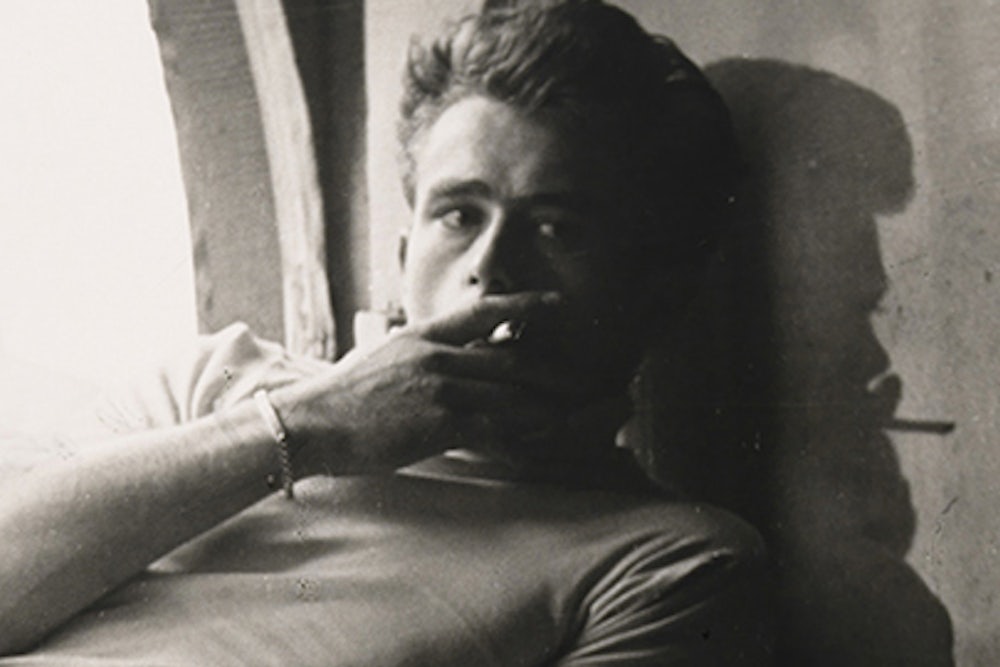The exhibit, “American Cool,” at the Smithsonian’s National Portrait Gallery, showcases various incarnations of cool—from Walt Whitman and Frederick Douglass to Humphrey Bogart, Jack Kerouac, and Steve Jobs. It emphasizes the Americanness of the concept—its “earned individuality” as opposed to inherited hauteur. But what, exactly, makes something cool?

The crucial factor, says a forthcoming study in the Journal of Consumer Research, is the demonstration of autonomy. Refusal to comply with established norms signals that you have confidence and independence, that you’re not concerned with the expectations of others. But this only works if autonomy is considered appropriate—if the norm being defied seems unnecessary, illegitimate, or repressive. Being cool isn’t just about breaking rules. It’s about breaking the right rules in the right context.
In one experiment, participants were asked to evaluate an advertisement for a brand that advocated either breaking or following a dress code. When the participants were told that the dress code existed for an “illegitimate” reason—to honor a corrupt dictator—breaking it was perceived as cool. Conversely, when it existed for a “legitimate” reason—to honor war veterans—breaking the code wasn’t cool anymore.

Rule-breaking is cool, researchers hypothesized, when it hits a sweet spot of moderate, but not extreme, unconventionality. In another experiment, participants were asked about the perceived coolness of three different bands. When asked, “what motivates you when writing your songs?”
- the low-autonomy band claimed to “make an effort to write songs that appeal to a mass audience”;
- the moderate-autonomy band referred to songs that “feel right to us [and] that we hope some people can relate to”;
- the extreme-autonomy band believed in “writing what we feel like writing, which usually means completely ignoring typical conventions.”
Sure enough, participants considered the band that displayed moderate autonomy the coolest.
Of course, cool does not always translate into cache. For instance, at traditional events like a job interview with a large corporation or a formal dinner at a fancy restaurant, researchers found that consumers avoided shoe brands perceived to be cool. They chose “classy” ones instead, exhibiting their preference for obeying the rules in contexts that encourage conformity.
And coolness is a fluid, subjective quality, dependent not only on context but also on individual and cultural perceptions. (Harley Davidson motorcycles are cool to people who look favorably on rebellion. But mainstream groups tend to find them loud and obnoxious.) Though the study goes a long way in outlining the “trappings of cool,” researchers acknowledge a lingering, un-definable quality—the aura of mystery. This ambiguity, in the end, might be the largest part of what makes “cool” so powerful.
